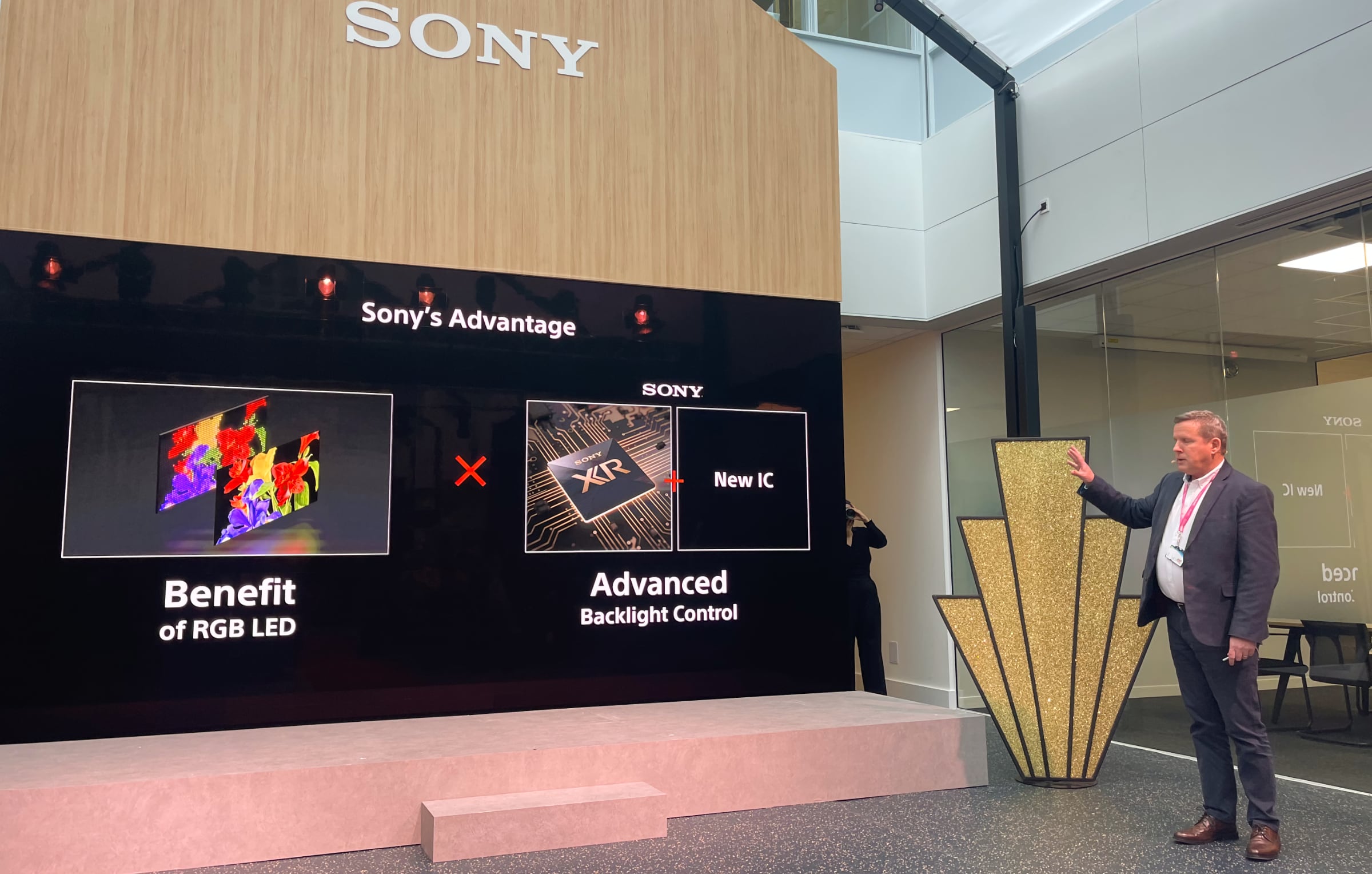
Sony's RGB Mini LED Technology: A Glimpse into the Future
On March 13, Sony announced its latest RGB Mini LED television technology at its headquarters in Tokyo, Japan. While it was anticipated that this event would serve primarily as a technical showcase rather than a formal product launch with detailed specifications and release dates, the demonstration certainly captured the attention of global audiences. This new technology aligns with similar offerings from brands like Hisense, TCL, and Samsung, which also feature RGB Mini LED backlighting—though Samsung refers to its version as RGB Micro LED. Despite the different terminologies, the core product characteristics remain fundamentally similar.
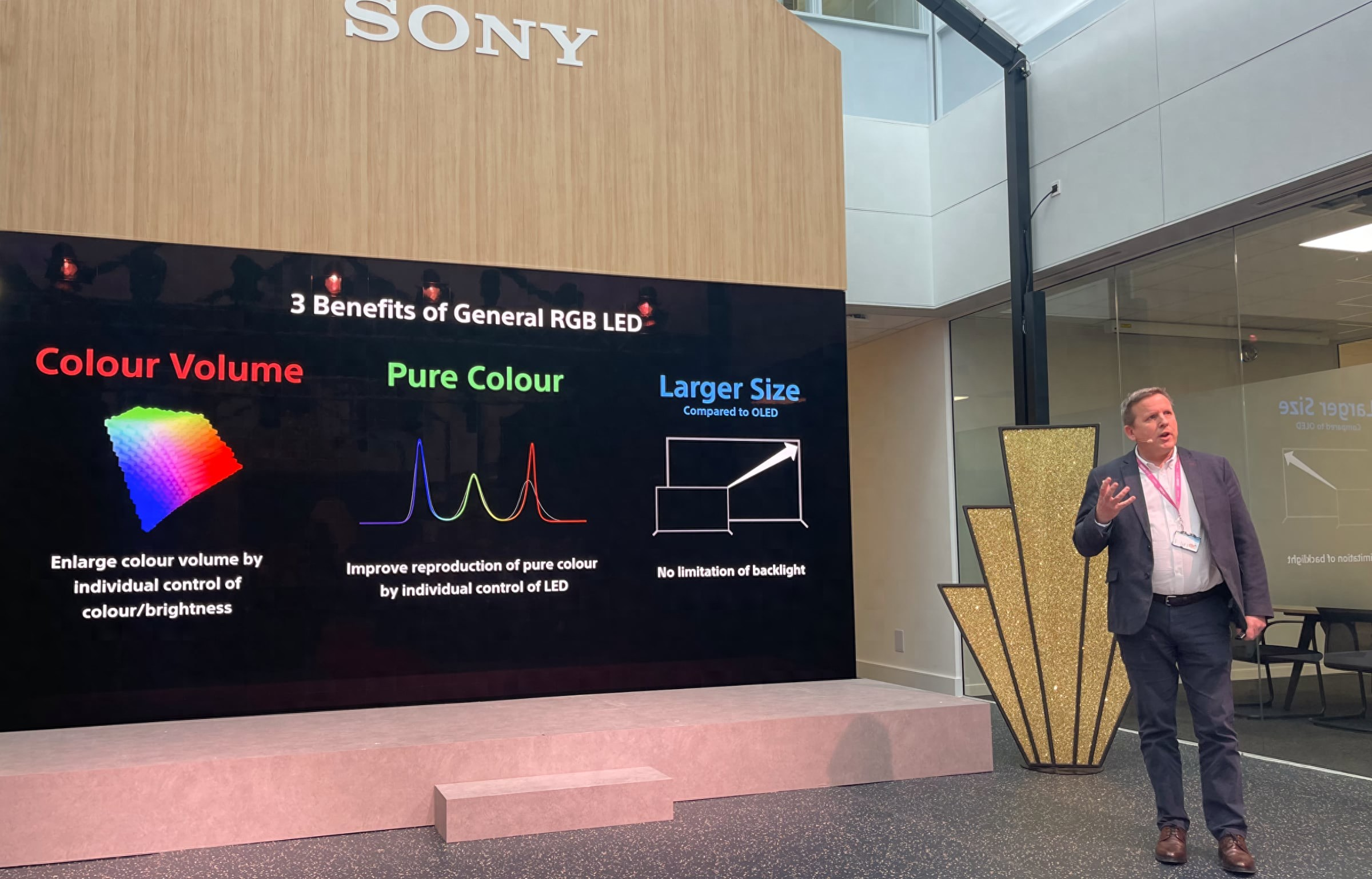
Sony's RGB LED technology, which some may already be familiar with, incorporates several key features worth highlighting. Firstly, Sony utilizes a configuration that combines three RGB LED chips within each light module, allowing each module to emit a spectrum of colors by mixing light, including the ability to produce white light.
The backlighting system boasts a remarkable 66-zone control (22 bits for each RGB channel). When integrated with the 10-bit control of each RGB channel on the LCD panel, this results in a total of 96 bits. The peak brightness target for Sony's RGB Mini LED televisions is 4000 nits, accompanied by a 90% coverage of the BT2020 color gamut. Sony is confident that its RGB LED technology will outperform competitors, having established a comprehensive supply chain. The light control chips are expected to be supplied by MediaTek, while LED chips will come from Chinese manufacturer Sanan Optoelectronics, supplemented by components from Japan's Rohm and Sony itself. Through this collaboration, Sony aims to create a robust commercial solution.
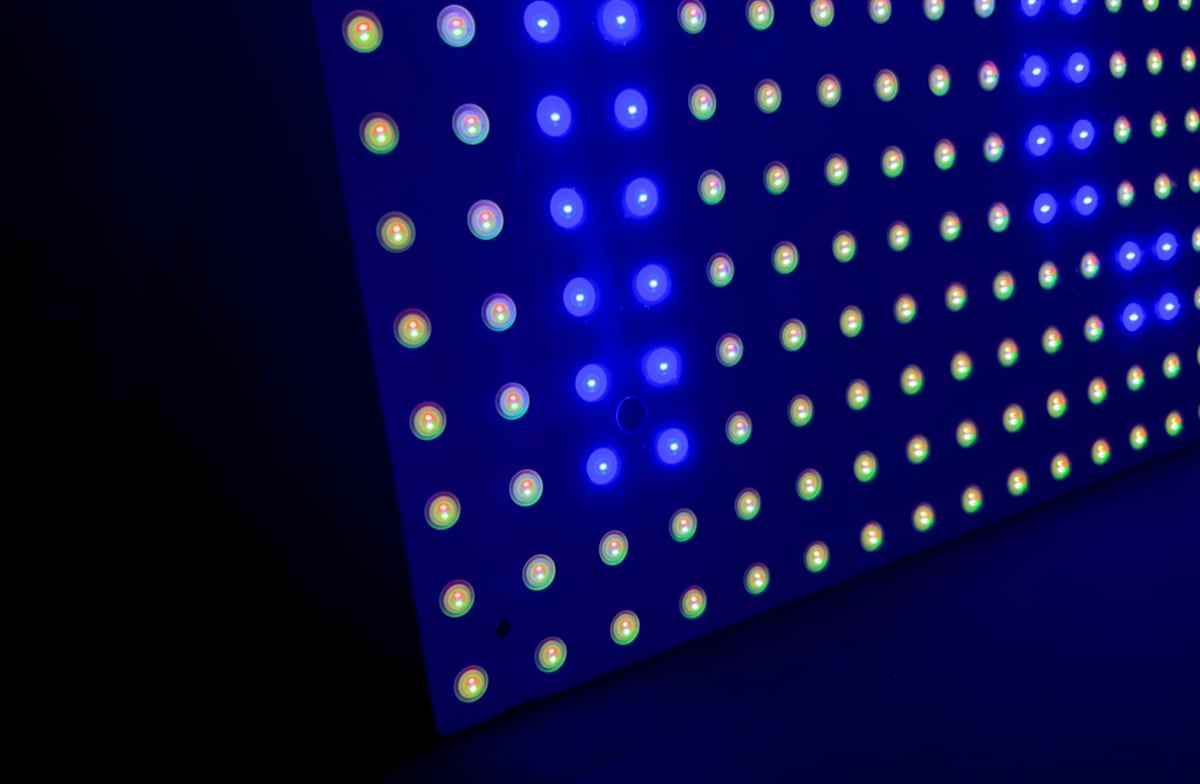
During the demonstration at Sony's headquarters, a 75-inch prototype was showcased, mirroring the handcrafted prototypes previously presented by Samsung and TCL at CES. In terms of color reproduction, it closely resembles QD-OLED technology, while the brightness levels are comparable to Sony's HX3110—a monitor featuring dual-layer panels that achieves a peak brightness of 4000 nits. Thus, it seems that Sony's RGB LED technology excels in both color and brightness.
Regarding the backlight specifications, the 75-inch display features a configuration of 240 x 128 light modules, totaling 30,720 individual modules, each containing three RGB LED chips. Sony employs an eight-light design for its zoning, resulting in 3,840 backlight zones. Since each zone's RGB can be controlled independently, it can be conceptually likened to the previous standard of 11,520 backlight zones when factoring in algorithmic processing. A similar query regarding backlight zoning arose during our experience with Hisense's RGB Mini LED television, and the response was notably aligned with Sony's approach.
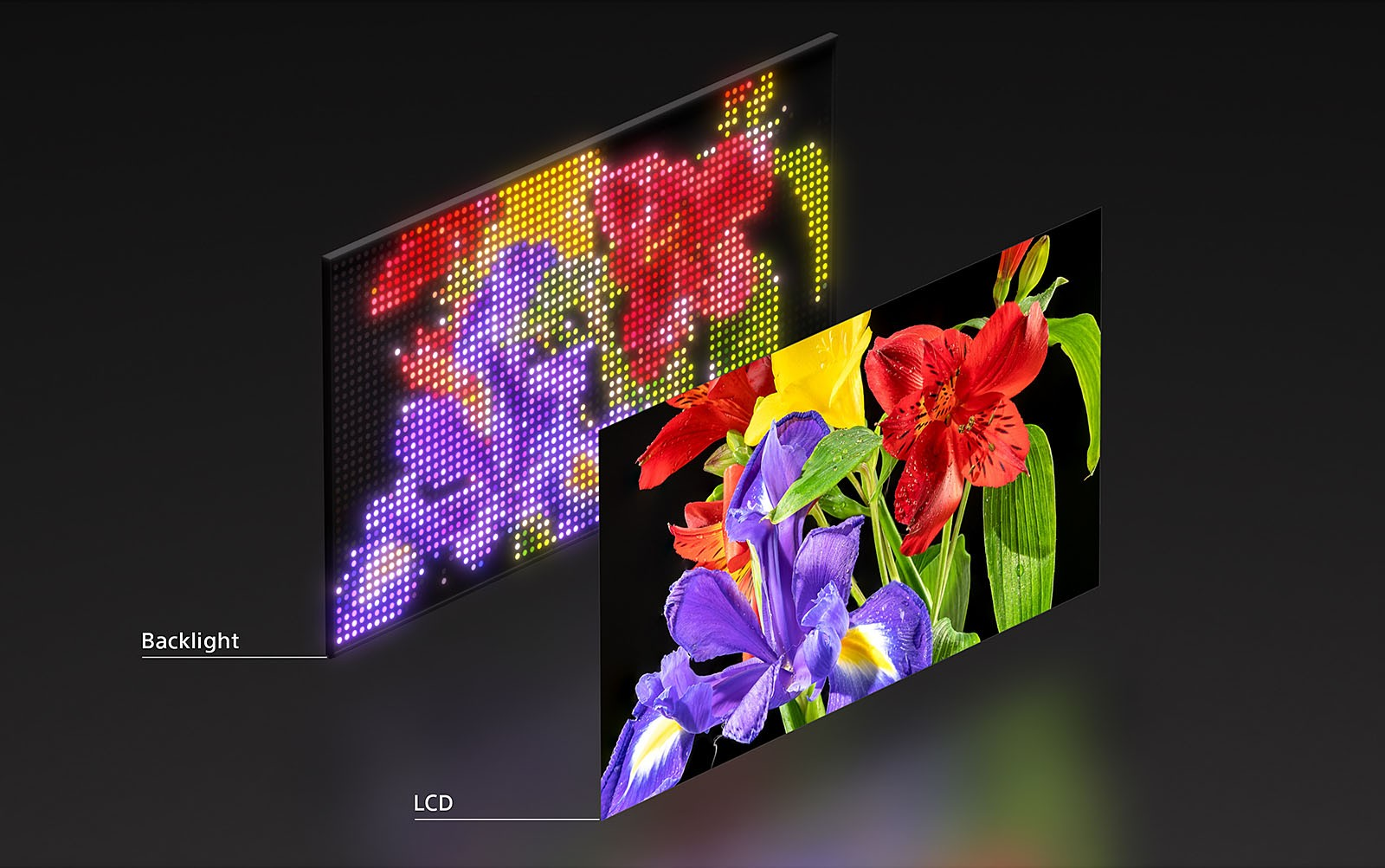
As for picture quality, it is important to note that in certain scenarios, the performance may not surpass that of the A95L, which is understandable given that OLED technology can achieve up to 8 million backlight zones—an advantage that Mini LED cannot match. Nonetheless, the contrast appears impressively high. Furthermore, while colors are vividly displayed at all brightness levels, halo effects and color bleeding issues persist, manifesting as red, blue, or green fringing around bright objects. Clearly, color bleeding remains a significant challenge for all RGB Mini LED televisions, and addressing this issue is crucial for manufacturers.
Previously, it was mentioned that Sony relies heavily on MediaTek for chip solutions. During the announcement, Sony indicated the introduction of a new integrated circuit (IC) for light control, specifically designed by MediaTek for RGB Mini LED televisions. If Sony continues to develop standalone image quality processors, future RGB Mini LED models may incorporate a combination of MediaTek's SoC, MediaTek's light control chip, and Sony's XR chip, potentially complicating the design process. However, there is also the possibility that Sony might integrate the XR image quality chip with the MediaTek light control chip.
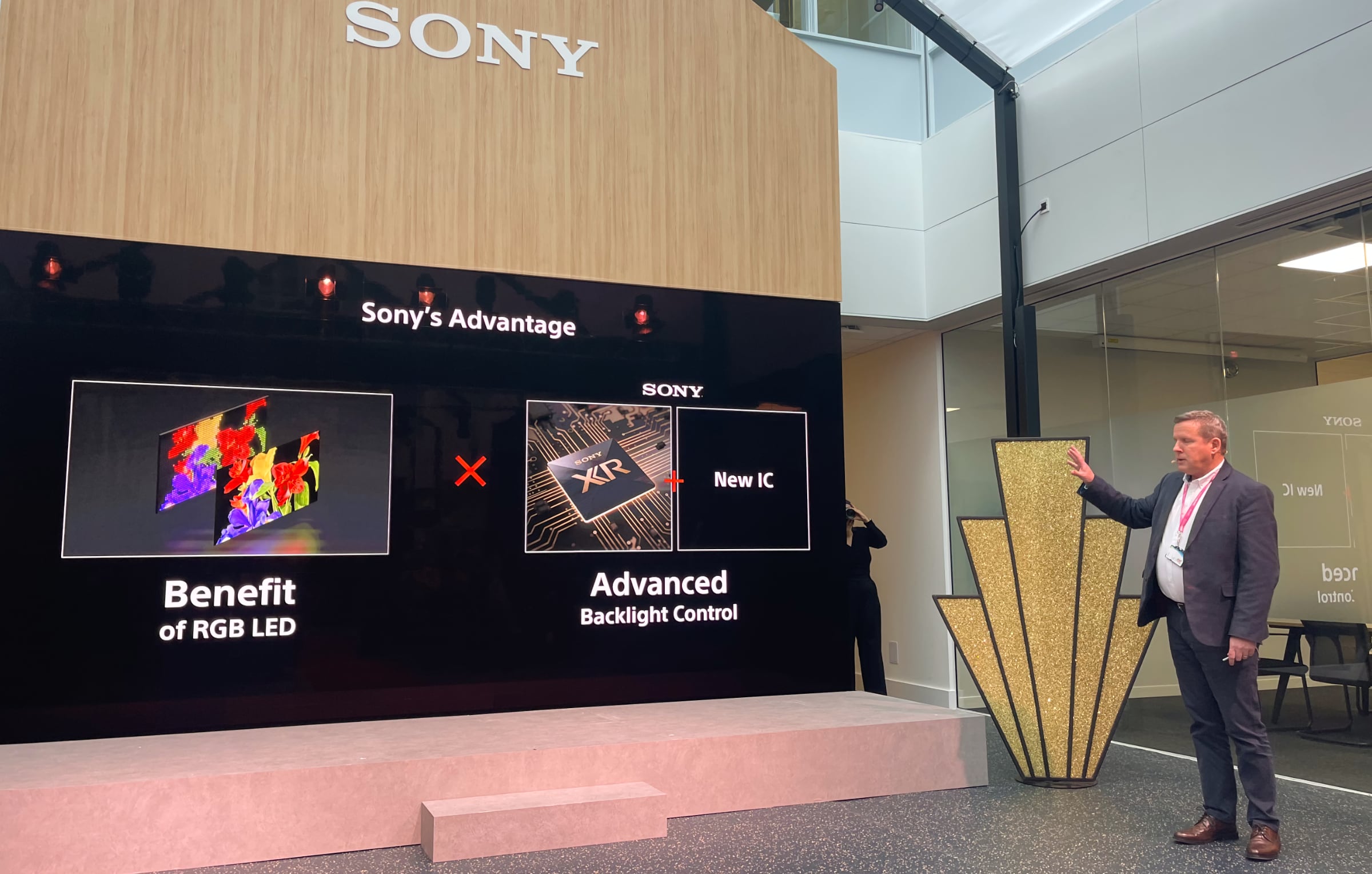
Regardless, Sony's next-generation flagship television will indeed feature RGB Mini LED technology, though it is expected that the official announcement and launch will not occur until 2026. Meanwhile, Sony's latest TV lineup for 2025 will be revealed soon, with expectations of new models in the 5 and 3 series. Reports suggest that Sony's upcoming 8 series OLED television will utilize LGD's new panels, while other regions may see QD-OLED panel implementations.



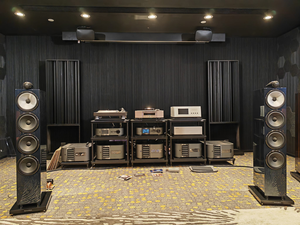
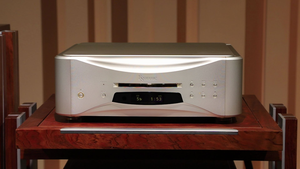

Comments